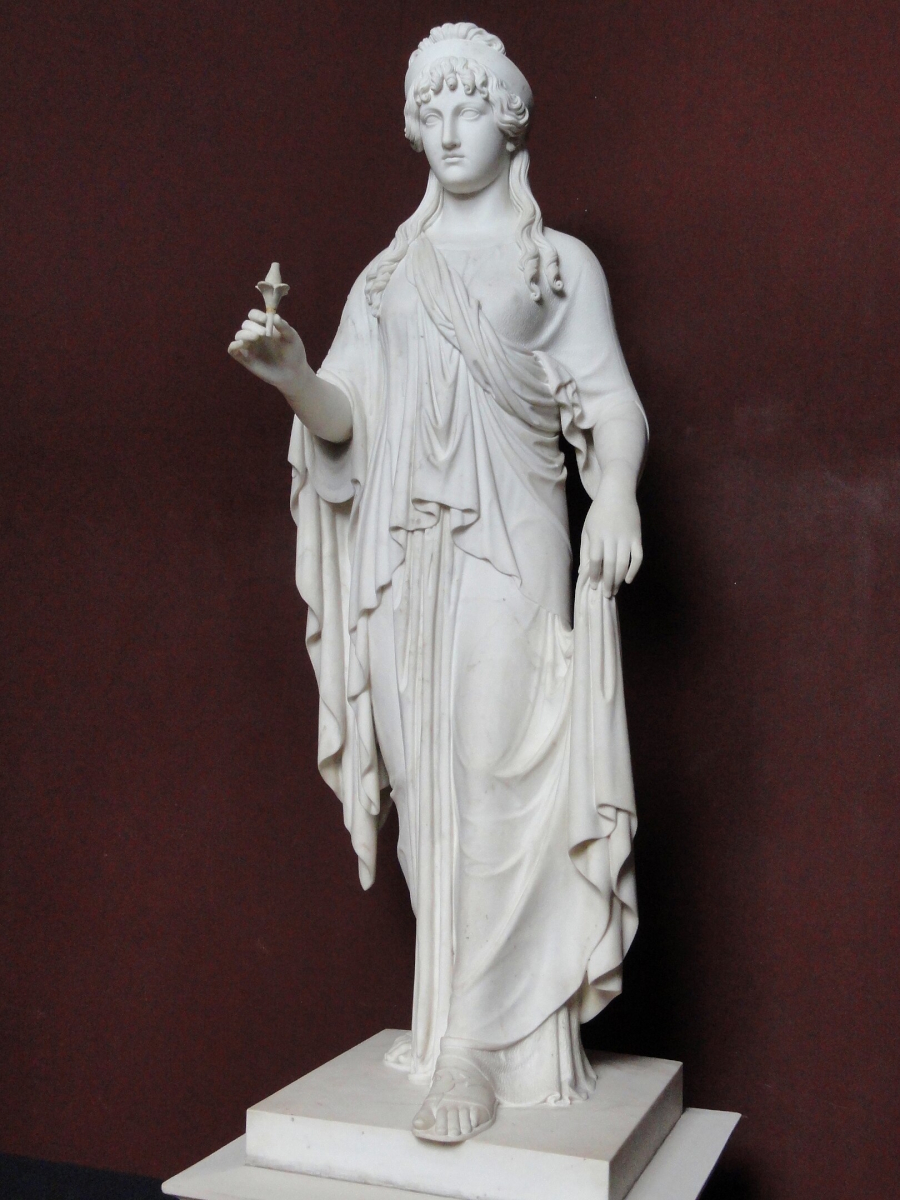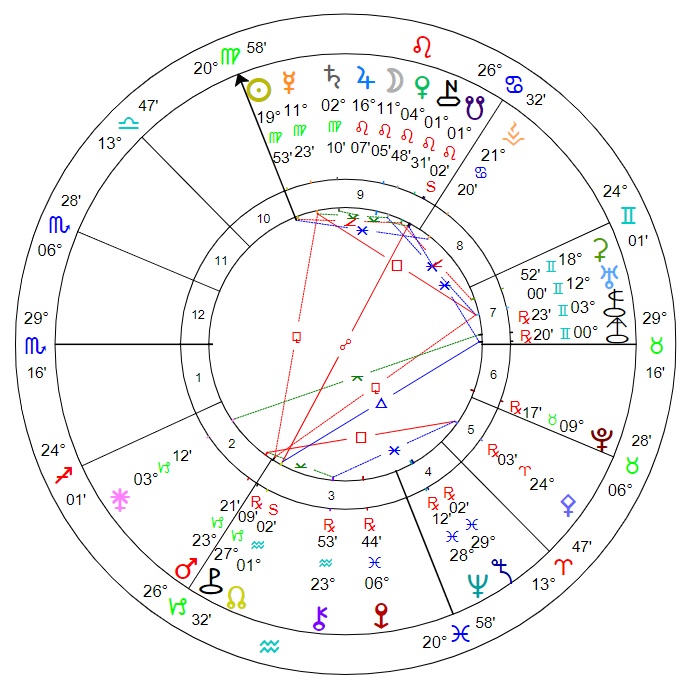Basics
Class: CP/B-type asteroid
Location: Main belt
Orbit length (approx): 4.47 years
Discovered: 12th September 1860 (time unknown), from Paris, France, by Jean Chacornac
Notes: Large asteroid with mean radius of approximately 165km.
Events at time of discovery:
- September 3-5 – The First International Chemistry Congress is held in Karlsruhe, Baden.
- September 6 – Birth of Jane Addams, American social worker, recipient of the Nobel Peace Prize
- September 7 – Birth of Anna Mary Robertson Moses (aka Grandma Moses), American painter
Naming information
Name origin: Greek personification of the spirit of hope.
Mythology: Elpis was depicted as a young woman, usually carrying flowers or a cornucopia in her hands. In Hesiod’s Works and Days, Elpis was the last item in Pandora’s box (or jar). Based on Hesiod’s description, it is debated whether Elpis was only hope, or more generally expectation. Her equivalent in Roman mythology was Spes.
 |
| Bertel Thorvaldsen, Statue of Hope (1817); at the Thorvaldsen Museum, Copenhagen, Denmark. Photo by Daderot. |
Astrological data
Discovery degree: 9+ Aries
Discovery Sabian: A Teacher Gives New Symbolic Forms to Traditional Images
Discovery nodal signature: Virgo–Pisces
Estimated orbital resonances: Earth 2:9, Mars 9:19, Jupiter 8:3
Discovery chart details: Noon. Elpis semi-sextile Pluto and likely semi-square Chiron. Mercury, Uranus and Pholus formed a Finger of the World; stellia in Leo and Virgo. Nessus opposite and Asbolus trine North Node. Mars semi-sextile Chiron and square Pallas; Saturn semi-sextile Nessus. Neptune conjunct Sedna; Pallas sextile Chiron.
Summary and references
May represent a hopeful, positive and “expectant person with a consistent sense of desire” who is able to attain their goals, or optimism versus pessimism in one’s outlook[1]; sources of hope or where it is invested[2]. The Sabian and other associations allude to new beginnings (and presumably the hope contained therein).
References:
1) Path-strology: A Handful of Fun (and Unique) Asteroids in the Natal Chart
2) James R. Lewis: The Astrology Book: The Encyclopedia of Heavenly Influences (Visible Ink Press, 2003)
 |
| Noon discovery chart for (59) Elpis: 12th September 1860, Paris, France. The asteroid is not depicted. |
